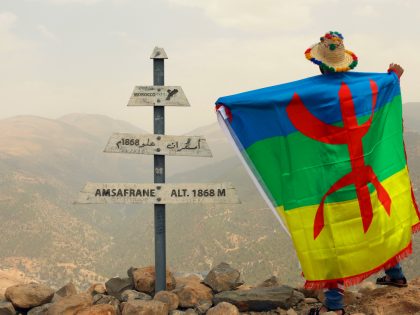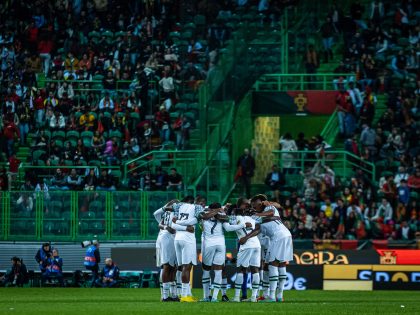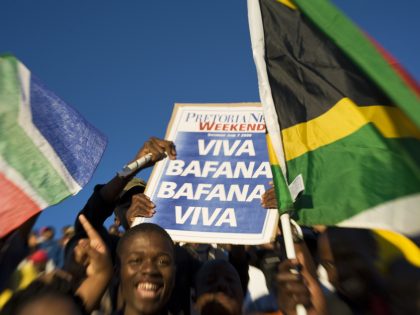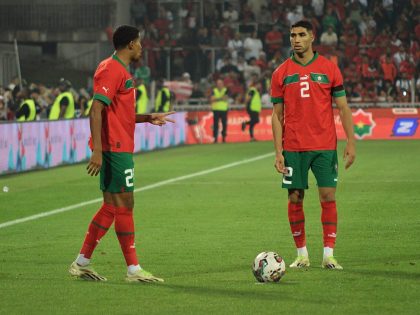Meet Bittereinder
I discovered the three-piece Afrikaans outfit Bittereinder through the internet and fell in love with them because of their live performance. Their music, a bass-heavy flurry of high-energy drops and subdued melodies, develops a different personality on stage, often in stark contrast to the studio recordings. Bleeps become filtered echoes, drum patterns change, or disappear completely. Bittereinder is Afrikaans for ‘bitter ender’. According to Wikipedia’s edited wisdom, “Bittereinders were a faction of Boer guerrilla fighters, resisting the forces of the British Empire in the later stages of the Second Boer War (1899-1902).”
Jaco Van Der Merwe, the group’s emcee, has spoken on multiple occasions of how he grew up at odds with his Afrikaner identity. He went to an English school. For a long time, he recorded exclusively in English as Ajax. For him and his bandmates – producer/vocalist Peach van Pletzen and designer/video artist Louis Minnaar – Bittereinder was a vehicle to reclaim their identity; to redefine, somewhat, what it means to them to be Afrikaner.
Their first album was released in 2010. Entitled ‘n Ware Verhaal (“A true story”), it stood apart from what noteworthy Afrikaans-rapping emcees were doing at that time, substituting Die Antwoord’s cultural appropriation with an honest exploration of their own identity, and eschewing Jack Parow‘s publicity-hungry antics for a bespoke, almost underground approach to their music-making. The album is a considered blend of Peach’s production wizardry (he also has a solo career as Yesterday’s Pupil), Louis’ striking visual identity (check out this project with his sister), and Jaco’s searing lyrics.
Jaco easily fits among the upper echelon of Afrikaans hip-hop royalty, a grand list of refined artists ranging from Jitsvinger with his glaring street poetics, to Jaak’s praiseworthy, at-times-comedic re-telling of local, national, and international stories using the most dense of Cape Flats ebonics.
He’s on a first-name basis with Toast Coetzer, the veteran journalist who also fronts the band Buckfever Underground (together they’re two-thirds of Walkie Talkie); he has two of South Africa’s most talented artists as bandmates; and collectively they put on one of the best live shows in the country. Their second album, Dinkdansmasjien (2012), takes its cue from hard-edged electronic music, something they started exploring on the first outing. The collaborations also range from genre-straddling artists like rapper Hemelbesem or this one with vocalist Chris Chameleon:



















